| | Southport has provided the ideal location for a Gold Coast Chinatown.
Within a year, Southport will become a hub for Chinese culture that will engage locals and encourage tourism.
Member of the Chinatown Committee, Garth Bell, said inspiration for the Gold Coast version was drawn from existing successful international precincts.
|
“A lot of the overseas Chinatown precincts thrive on the activation of laneways,” he said.
“Southport is the best place to have a Chinatown as it is an old part, of an old town, in an old city.”
Southport’s Young Street and Davenport Street were selected for the project due to existing laneways that can be transferred into markets, similar to Singapore.
The new light rail system will service the area upon completion.
“The light rail will increase connectivity for tourists who wish to visit the Chinatown precinct,” he said.
“Tourists are very important to activate Southport.
“We’re hoping to engage not only the tourists but we also want locals to come enjoy the Asian culture, food and entertainment.”
Ted Fong of the Gold Coast Chinatown Association was part of a local business group trying to kick-start the project ongoing for 20 years.
“Every time he tried there was not enough support from Gold Coast locals,” Mr Bell said.
“Now, with the support of Gold Coast City Council and Mayor Tom Tate, we are well into the development stage.”
Streetscape works are starting in January next year, with hopes to complete the project by August 2014.
Photo Album of Chinatown Gold Coast
The year 2012 saw Chinese visitors the second most common in Australia.
Over the past decade Chinese travel to Australia is growing by an average of 20 per cent per year.
China is estimated to have spent over 3 billion dollars in Australia, an increase of 15% since June 2010.
Tourists are arriving in record numbers and are only expected to increase when the 2013 statistics are revealed.
New Zealand tourists are sitting above China with about double the amount of tourists to Australia.
Considering China is over 7 thousand kilometres away and New Zealand around 4 thousand it is evident the Chinese are willing to travel long distances to visit Australia.
Tourism and Events Queensland states in a
report that the strong increase in China’s outbound visitors to the Gold Coast in particular, is due to the introduction of direct flights which has already increased visitors by 20,000 people.
The Effect of Perceptual Change on Satisfaction: Evidence from the Chinese Market by Dr. Ying Wang and Professor Michael C. G. Davidson tells us that
the rapid growth of Chinese holiday arrivals is a consequence of Australia being granted
Approved Destination Status (ADS) by the Chinese government.
The Australian Government arranged the ADS scheme for approval in 2010.
The Gold Coast is among the top tourists destinations in Australia meaning it will likely become even more popular to Chinese tourists over the next few years.
Maddison Johnstone -
[email protected]Sunnybank is the dragon’s head.
According to the ancient Chinese art of Feng Shui, the dragon’s head brings luck, power and strength.
LJ Hooker Sunnybank Hills realtor Owen Chen said Feng Shui drove the popularity of Sunnybank among Chinese residents.
“The first generation of Chinese people moved to Sunnybank because according to Feng Shui, it is the head of the dragon,” he said.
“Also, ‘sunny’ means energy and ‘bank’ means money, and this means good luck for Chinese people.”
With Sunnybank a popular choice among Chinese residents, it is also popular for foreign investors.
Last month, a Chinese family purchased a $1.4 million property for their son Kai Shen, who is studying an International Business degree at Griffith University.
6 Selvage St was purchased at $1.4 million.
As Kai Shen and his parents are not Australian citizens and 6 Selvage St is not a new home, Australian law requires them to demolish it and rebuild.
“I always encourage my customers to buy with potential and that is why they are happy to rebuild,” Mr Chen said.“Currently, we have a housing shortage. The Australian Government wants to attract foreign investors’ money to build more accommodation which will then accommodate more people.” In 2011-2012, the Foreign Investment Review Board approved over $41 million of Chinese investment in real estate. The report also showed that FIRB approved more investment applications from China than any other country.
Australia is full of hidden dangers that prove fatal to Chinese visitors. Thousands of Chinese move to Australia yearly searching for new beginnings but there is a world of difference between the two cultures and the hazards locals face daily without a second thought.
One of the leading threats to tourists is our deceivingly beautiful beaches.
Stacey Ferreira, Community Awareness Coordinator on the Gold Coast for
Surf Life Saving Queensland says Chinese visitors can fall victim to the beautiful surf as they are not educated on beach safety.
"Our beaches are dangerous not just to internationals but to everyone. Many people do not have basic water skills and due to the beautiful country that we live in, many people swim in the incorrect areas and don't know what to do if they require help," she said.
"In Australia we identify the safest part of the beach with a red and yellow flag and we ask that everyone goes swimming between those flags, but in many of the Asian countries because they are so populated they use flags to mark a private party or function on their beaches. That is where the confusion comes in. They see the flags and think that it is a private party or function, so they decided to go swimming outside them and then they get into trouble."
"Rips are the biggest danger on the Gold Coast for our Chinese visitors. They are very fast moving and can appear even faster. These are the biggest issue with drowning and rescues on our Gold Coast beaches."
The Royal Life Saving '
Drowning Report' discovered that in 2012, 21% of people who drowned where tourists or visitors to the area.
It also identified Queensland as the state with the second most amount drownings.
The report also stated that people engaging with unfamiliar aquatic locations should, where possible, check conditions with residents local to the area before entering the water. Ongoing tourist education about basic water safety messages including being aware of skill level and always swimming at patrolled beaches between the flags must be conducted.
The biggest risk comes from our beaches because the threat is not visible.
"We want to go to our beaches and enjoy the beautiful waters and sun. I do not think that our international tourists see our beaches as a danger," Miss Ferreira said.
Julia talks about living on the Gold Coast after leaving China.
Monique Mackey gives us her opinion on safety.
Have your say here! What do you think the most dangerous aspect on the Gold Coast is any why? Comment your answers below.


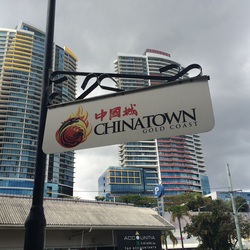



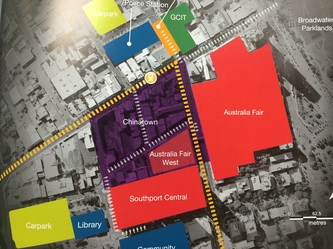
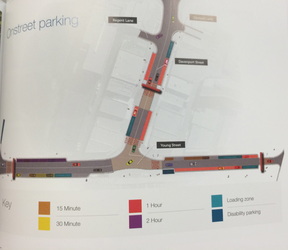
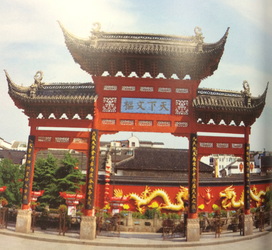
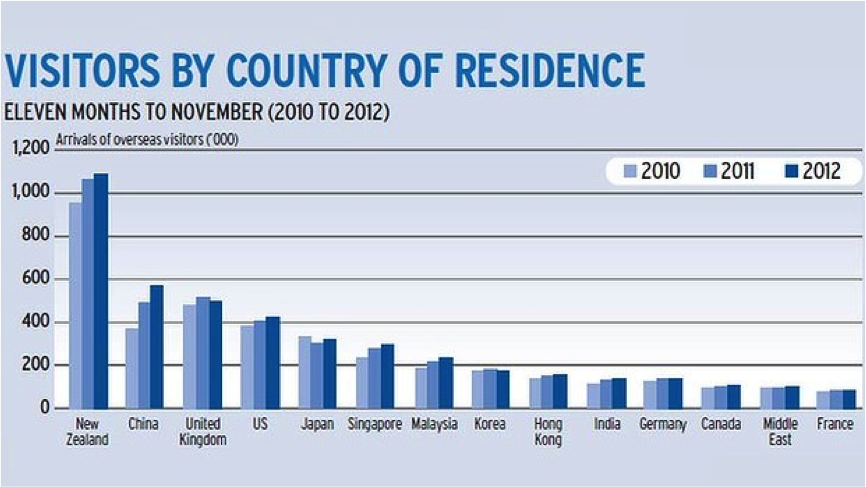

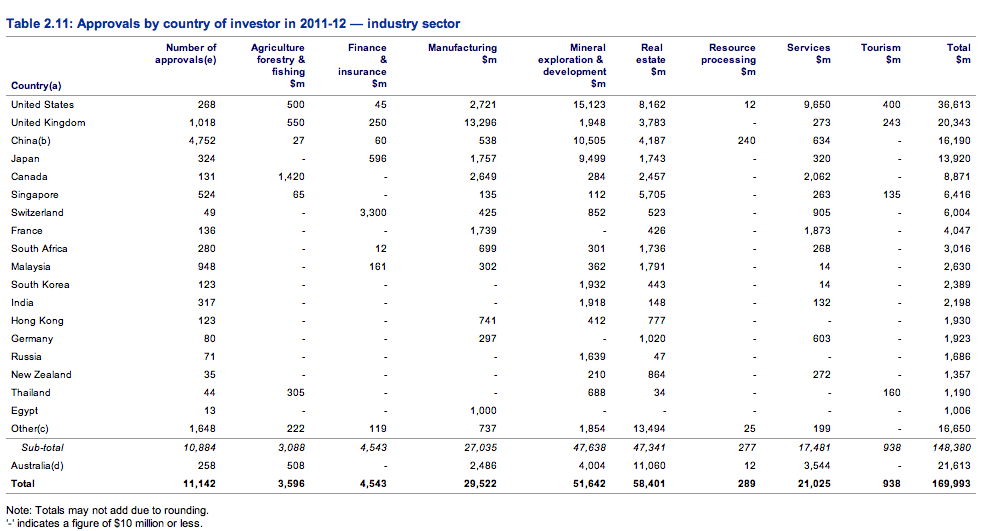
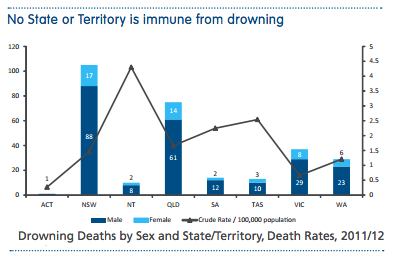
 RSS Feed
RSS Feed